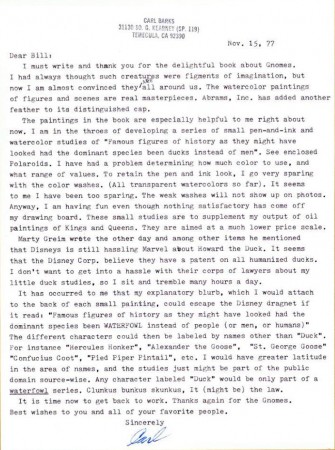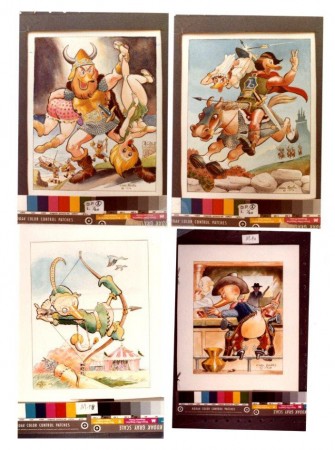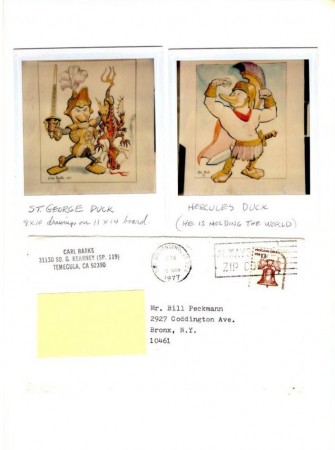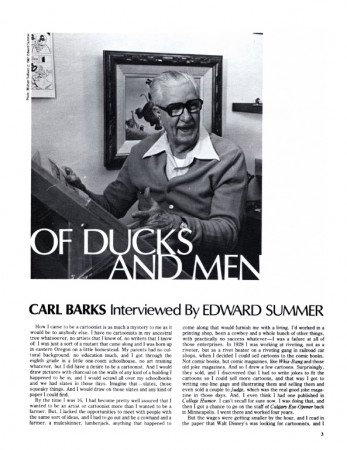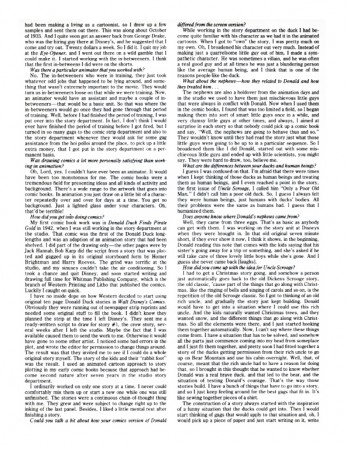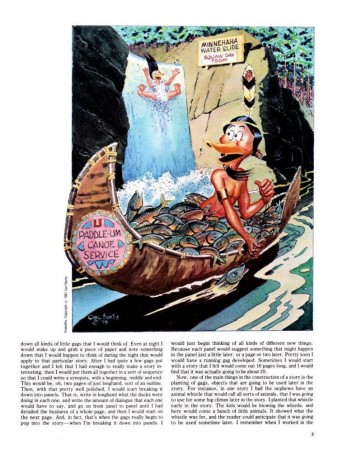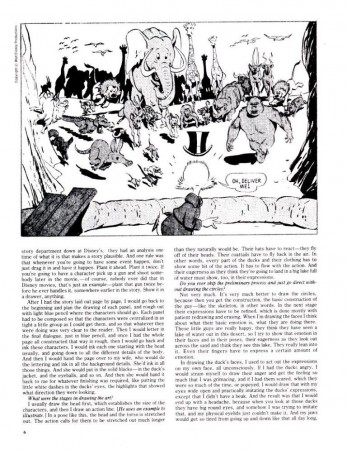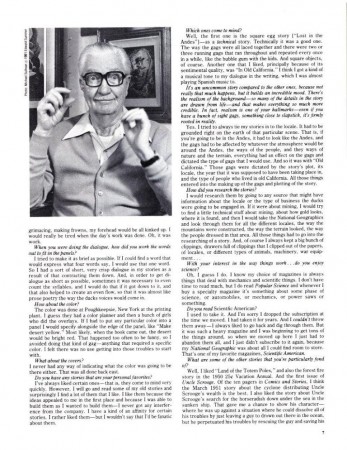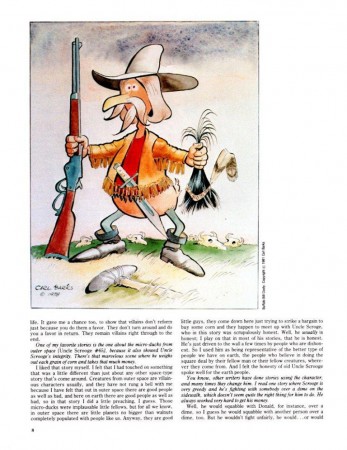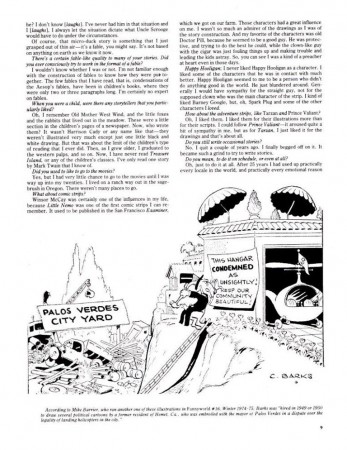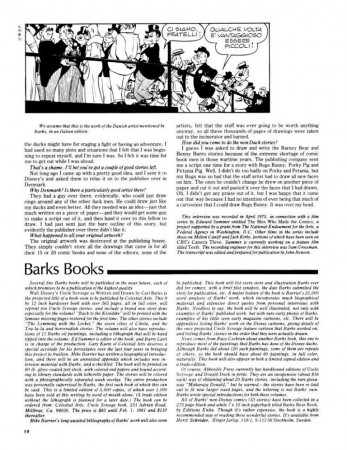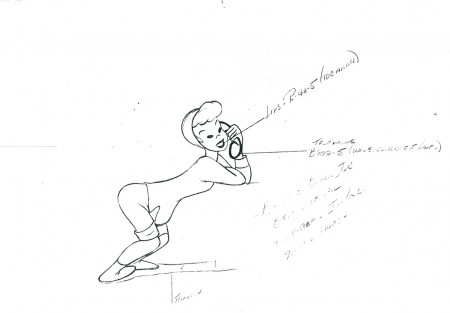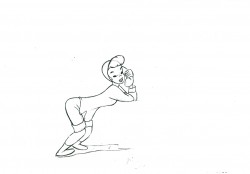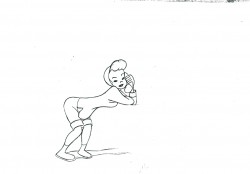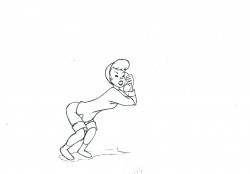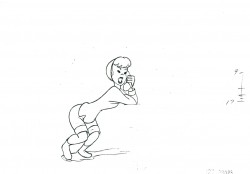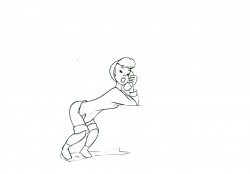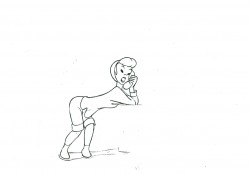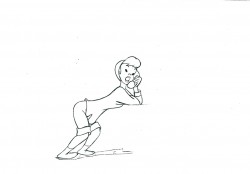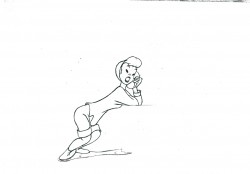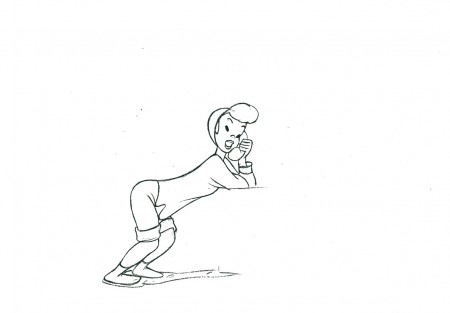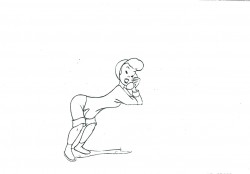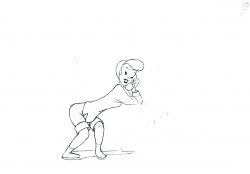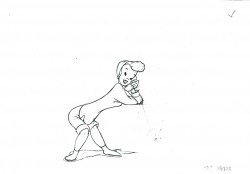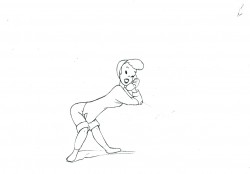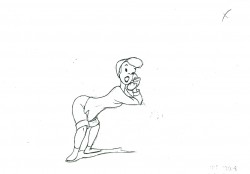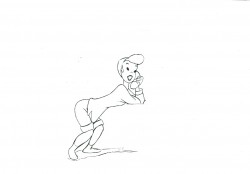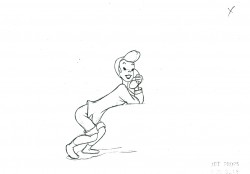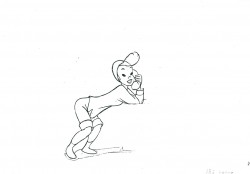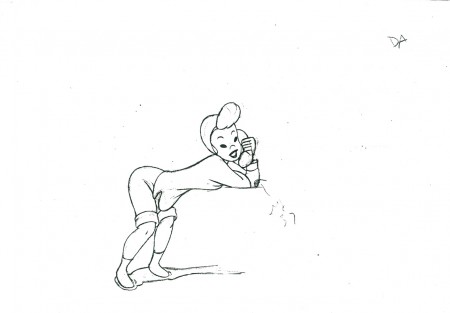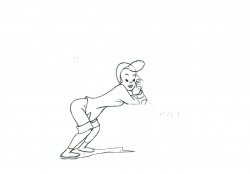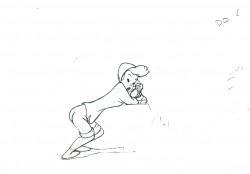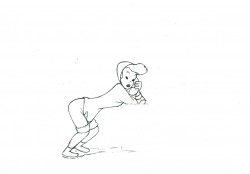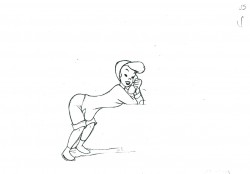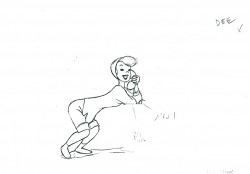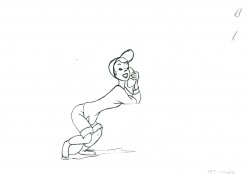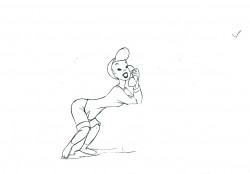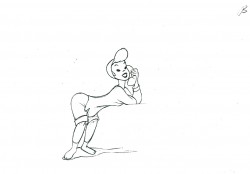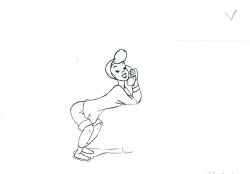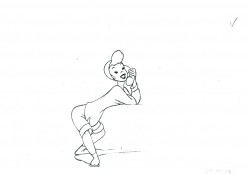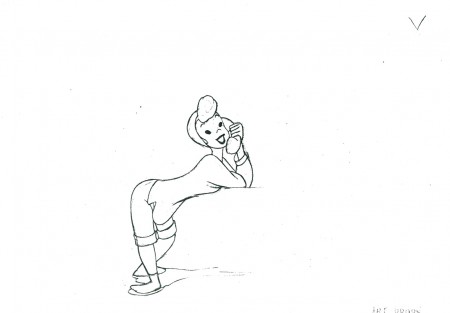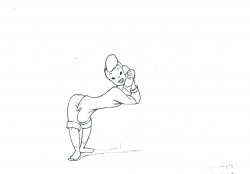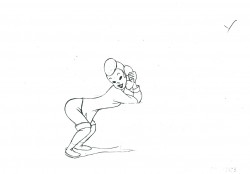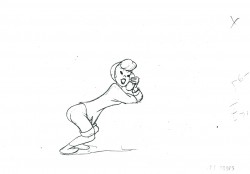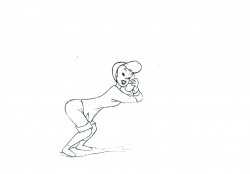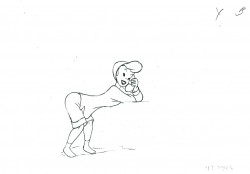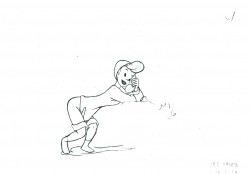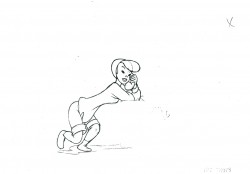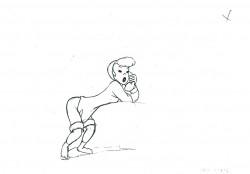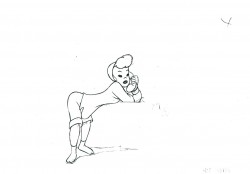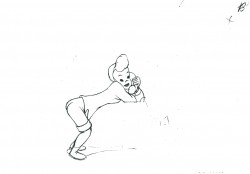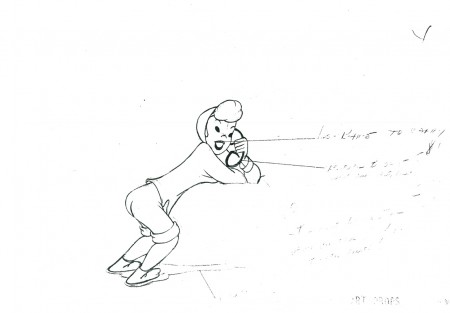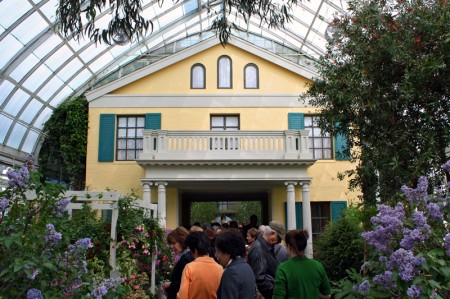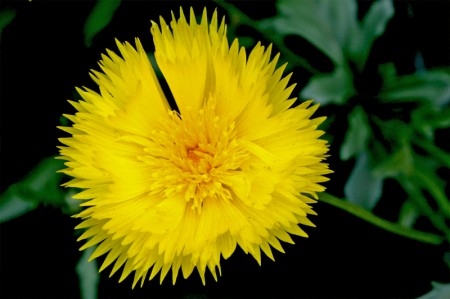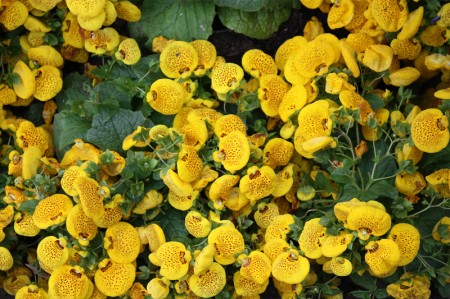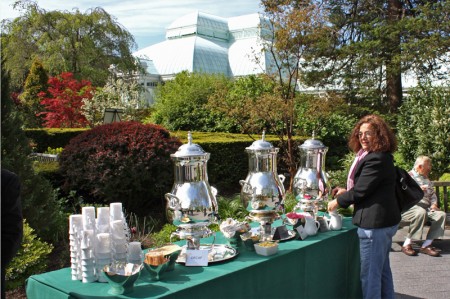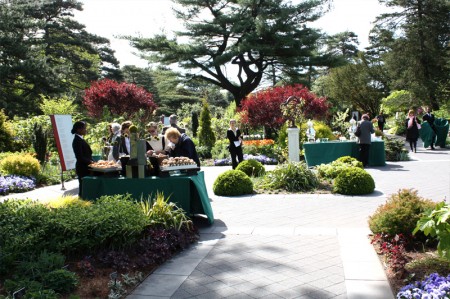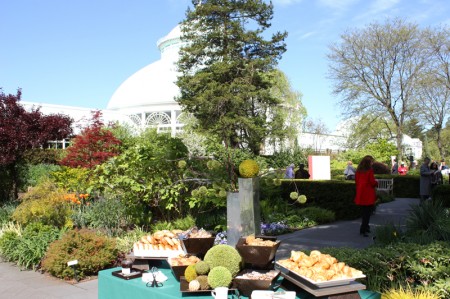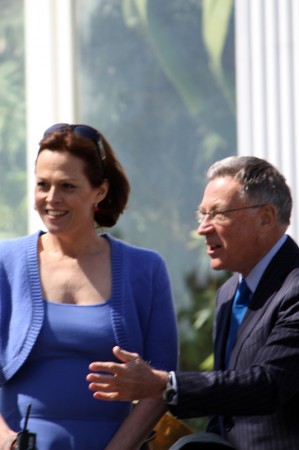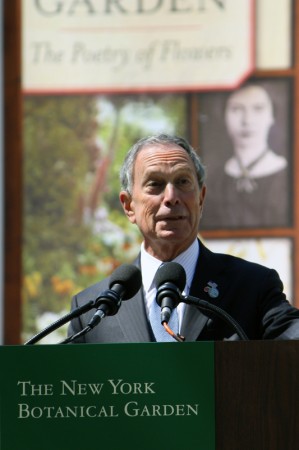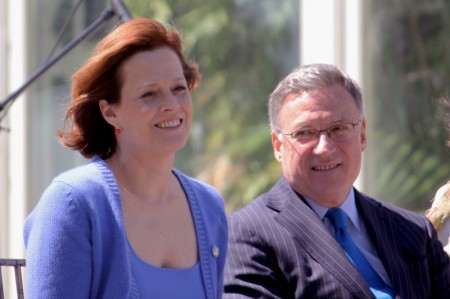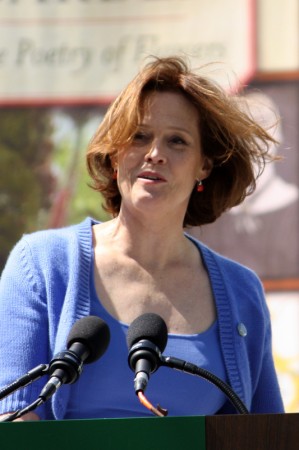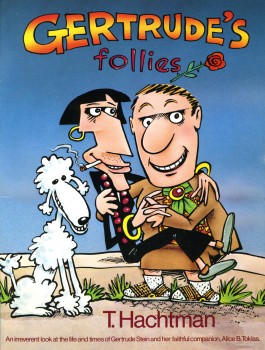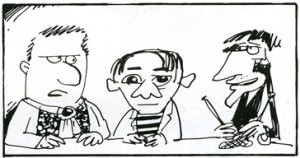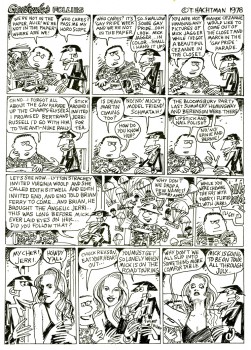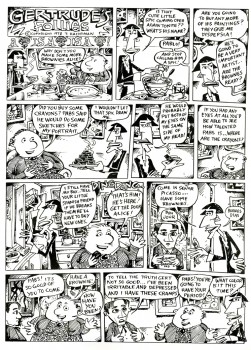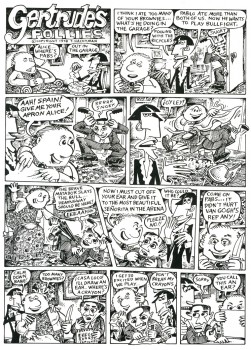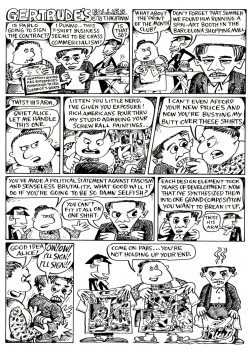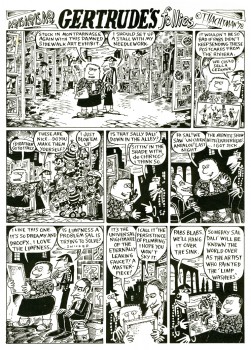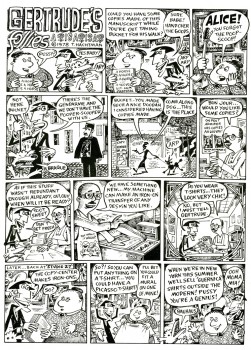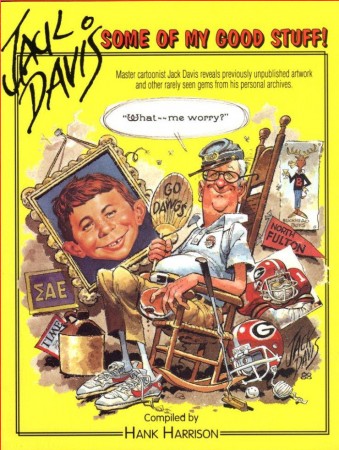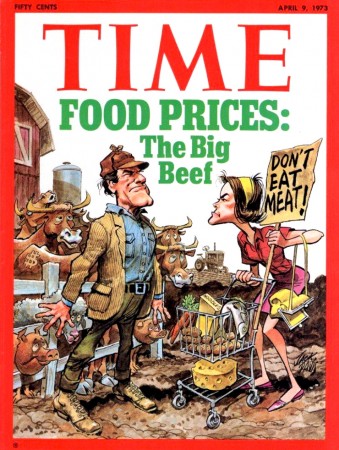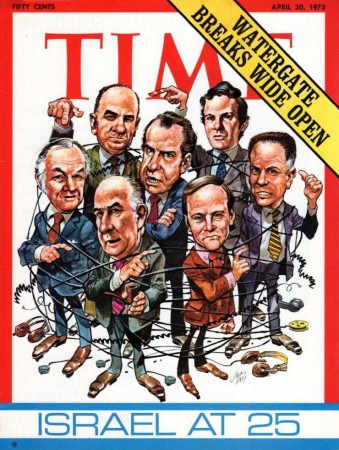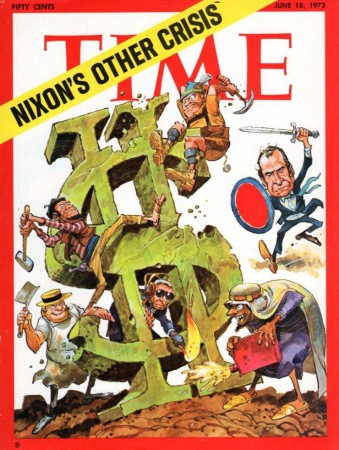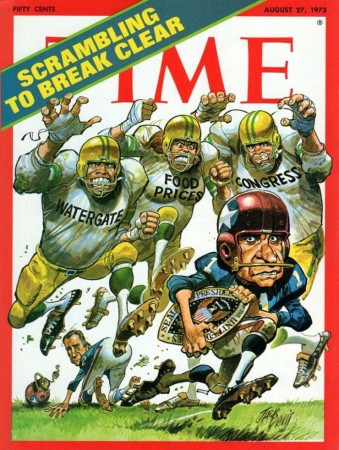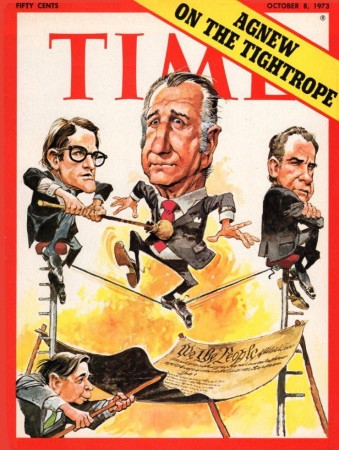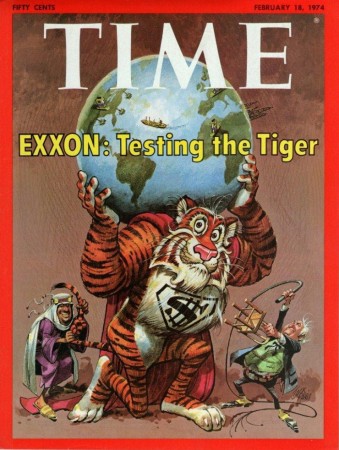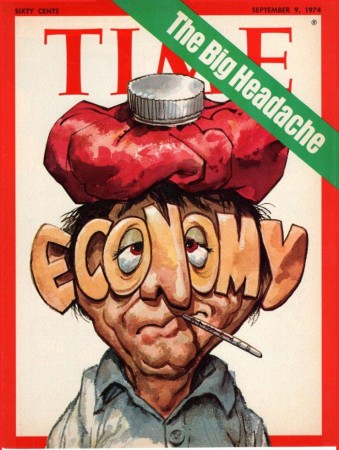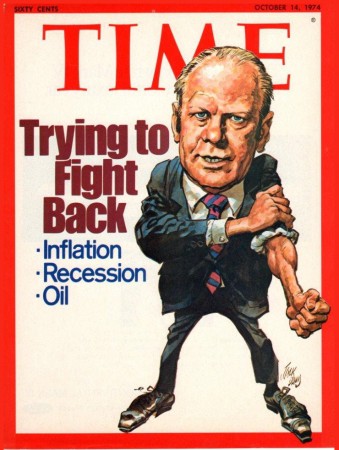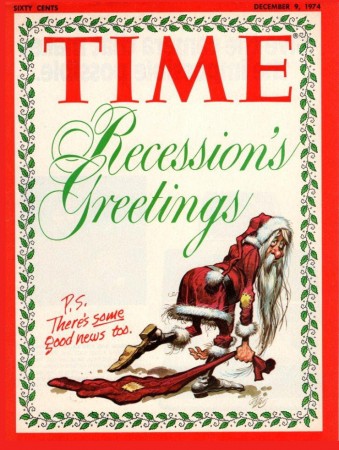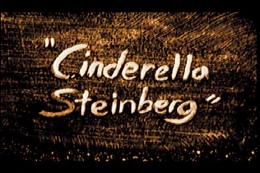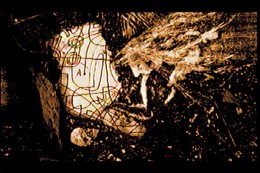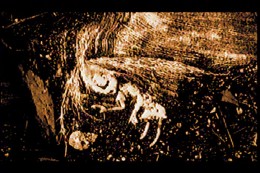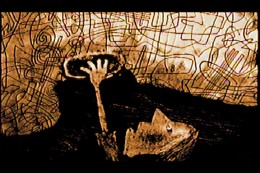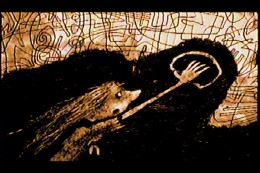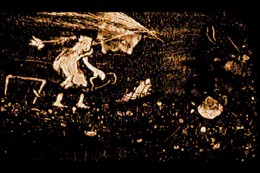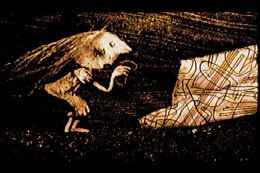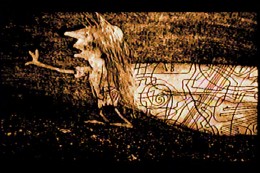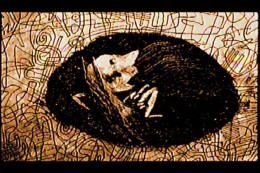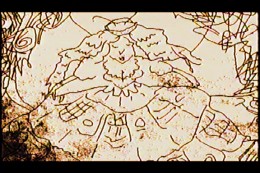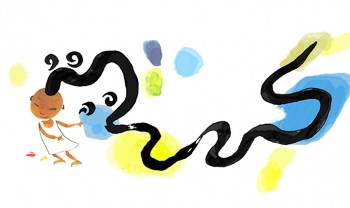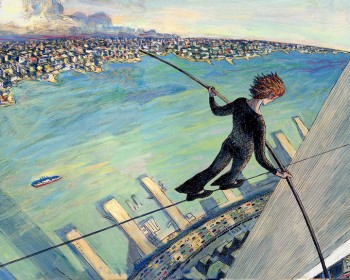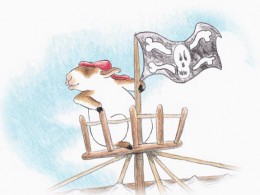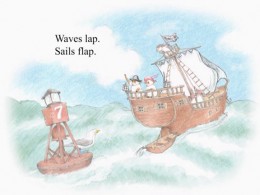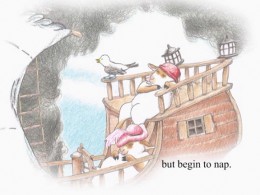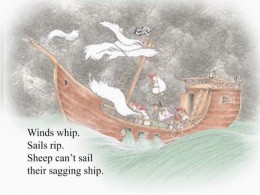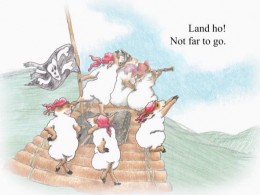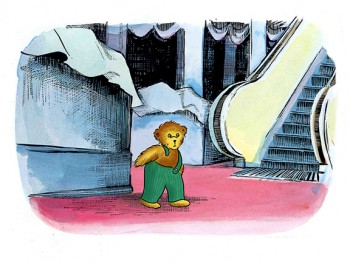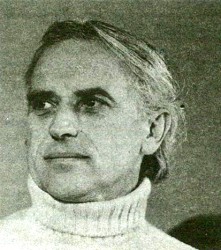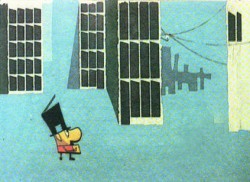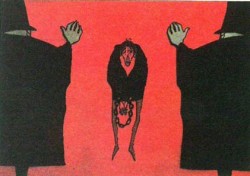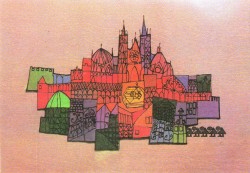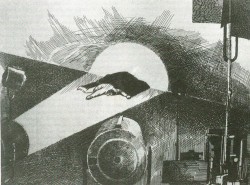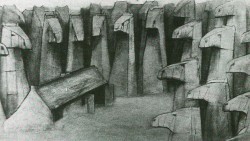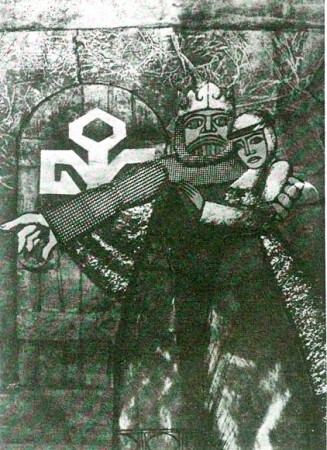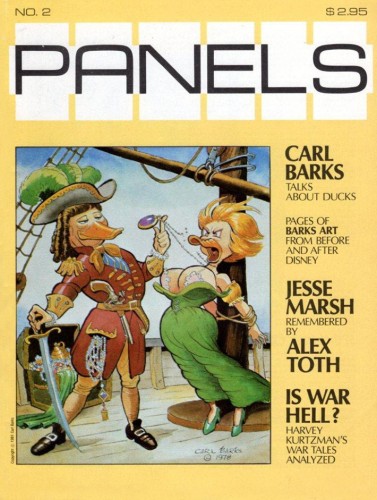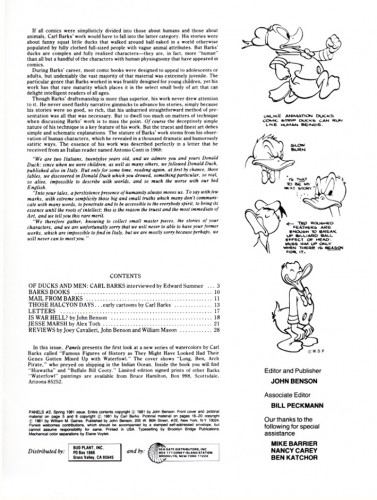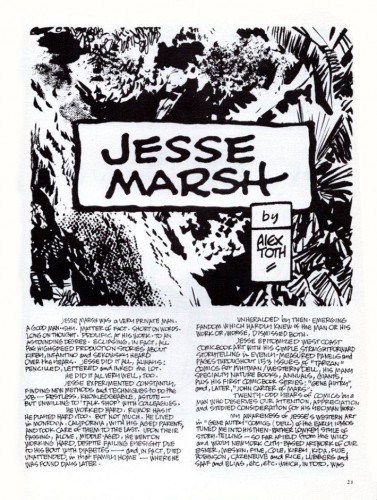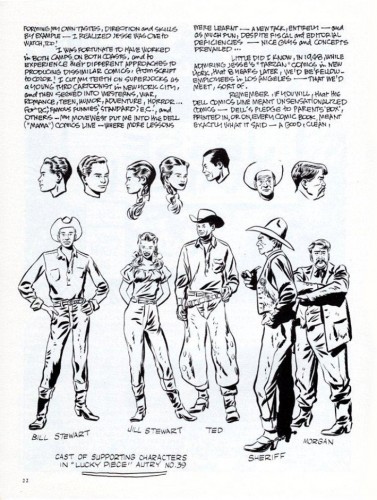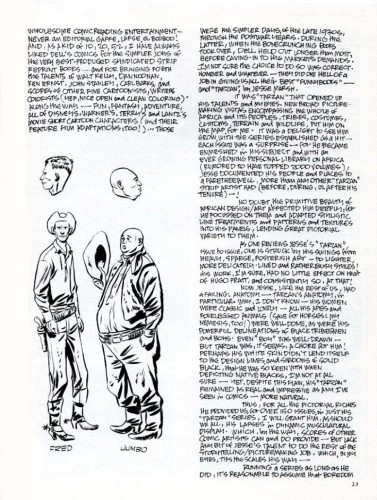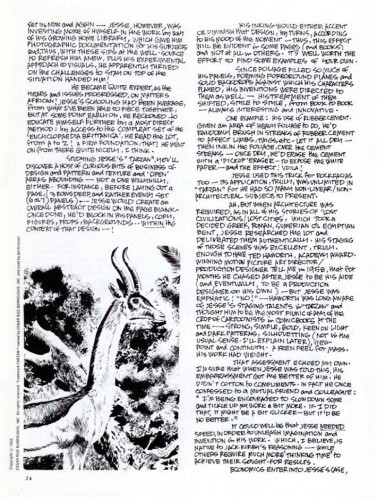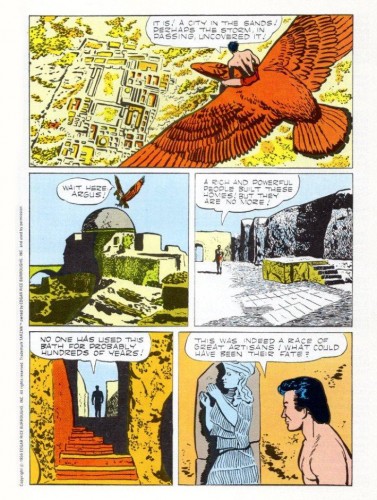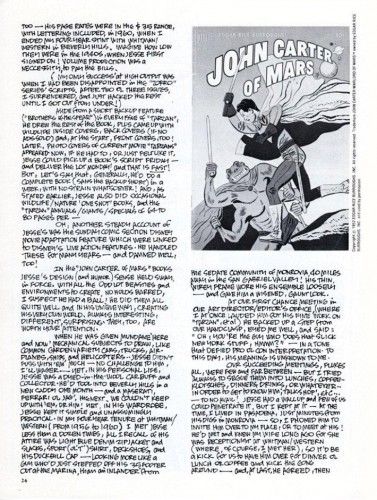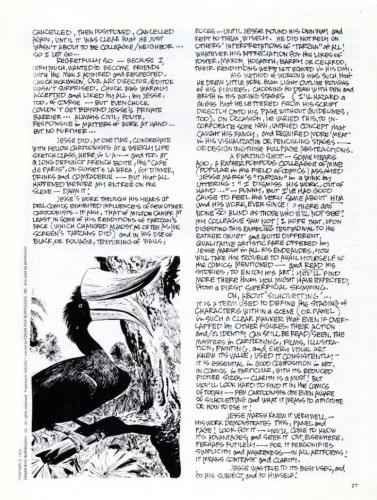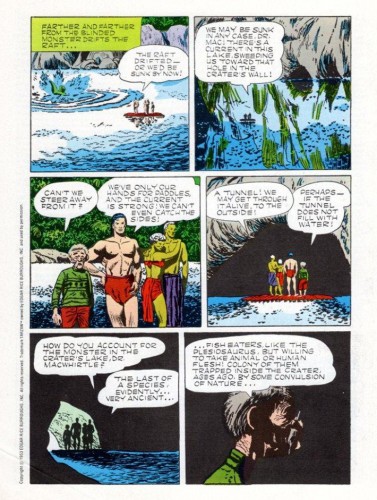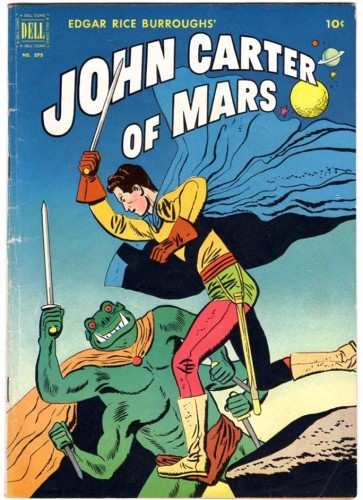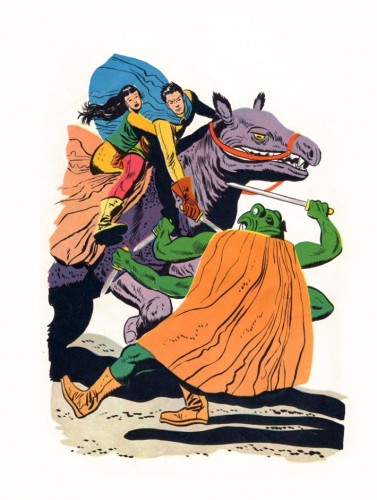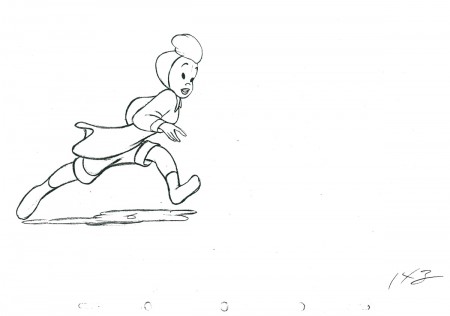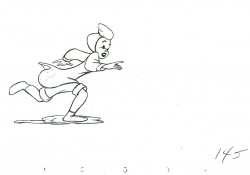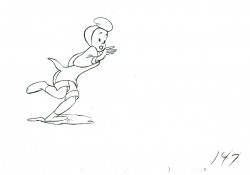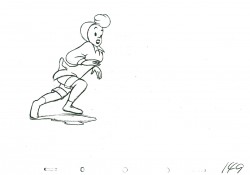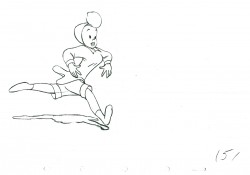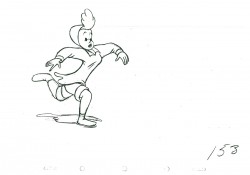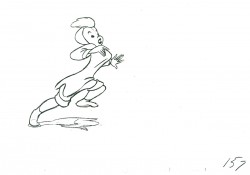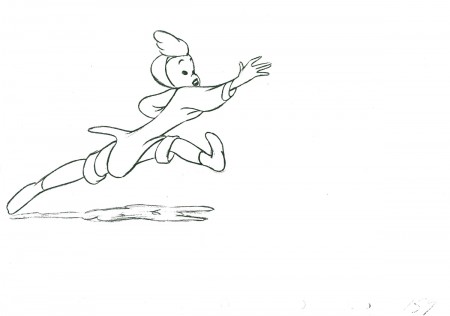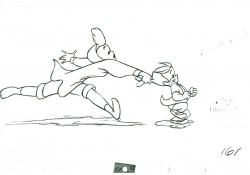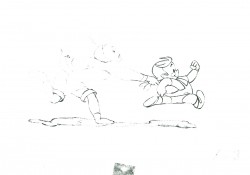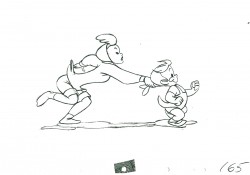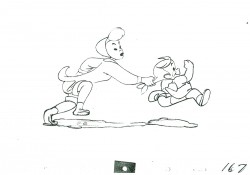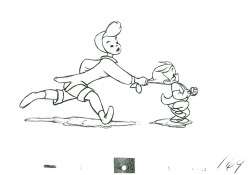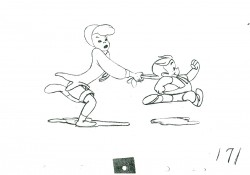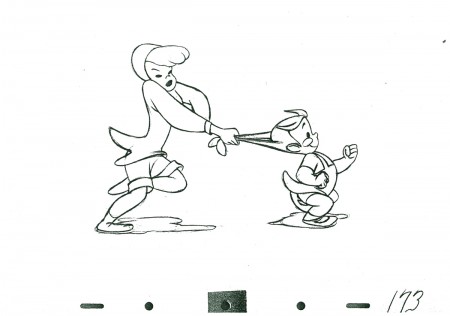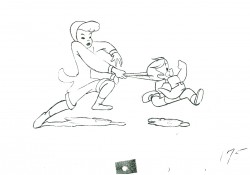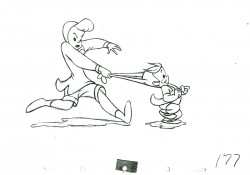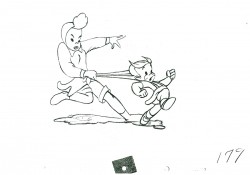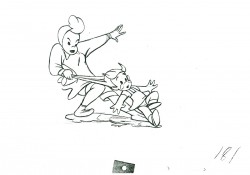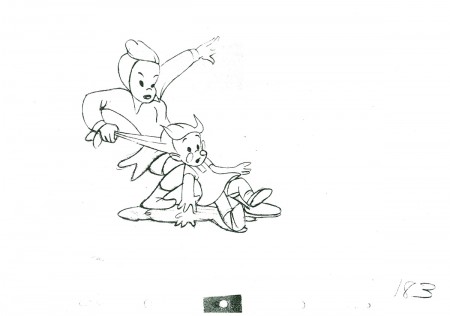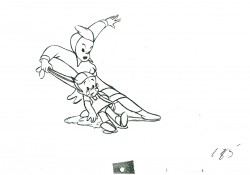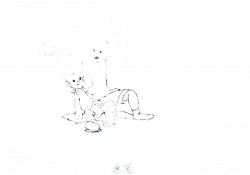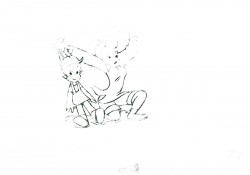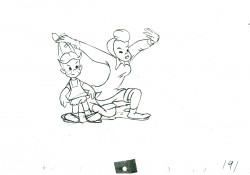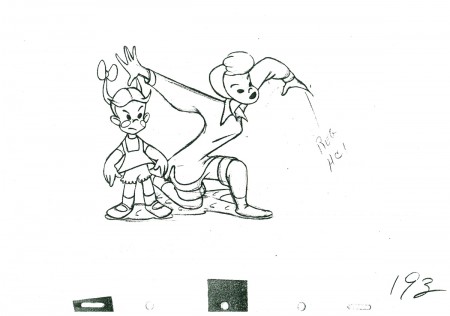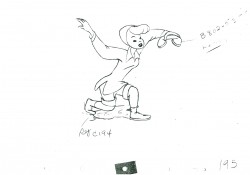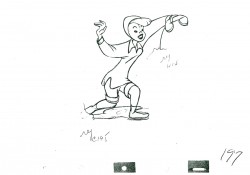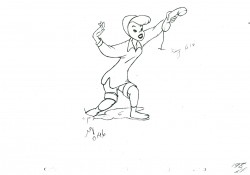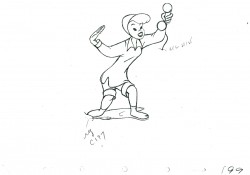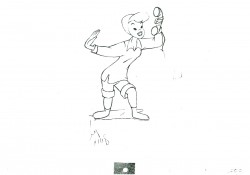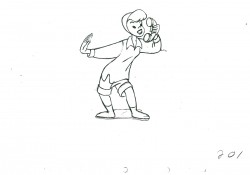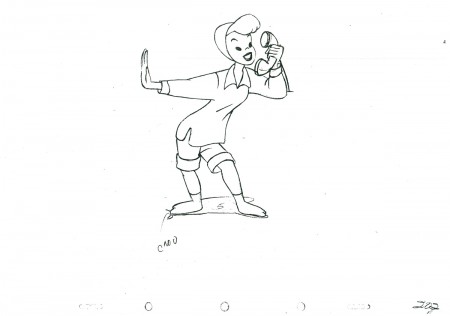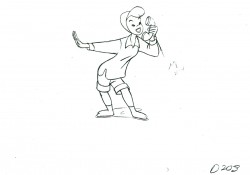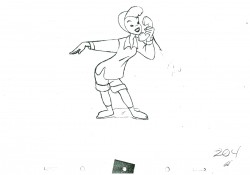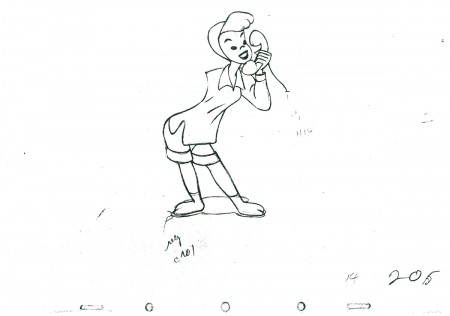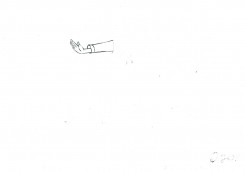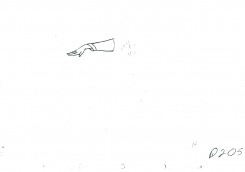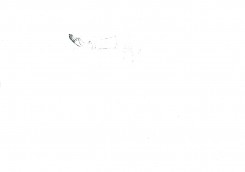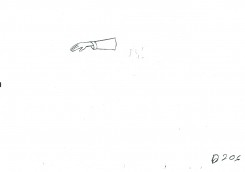Independent Animation 05 May 2010 08:49 am
Servais bio
- Last week, I posted a piece from Animafilm #1 by Raoul Servais. Of course, I’m sure that many of those reading this today do not know who Mr. Servais was. Consequently, I’ve decided to follow that post with this bio of the Master animator of the 70′s.
If you’re at all interested, here’s a bio from that same Animafilm issue.
Raoul Servais was born in Qstend on 1st May 1928. In 1950 he graduated from the applied arts department of the Royal Academy of Fine Arts in Ghent.
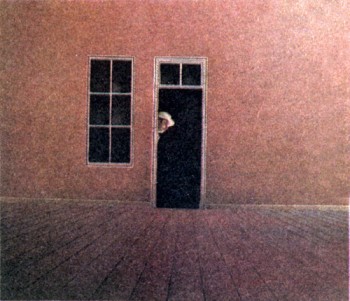 Already in 1946, with the aid of his professor and a few friends, he produced a short cartoon entitled “Een spookhistorie” (Une histoire de fantome, A History of a Ghost). This film has been shot with a camera made of a cigarbox and parts of a “Small Mechanic” toy kit for kids… Having made some experimental films on a 8 mm reel, he decided to thoroughly study the applications of an animated cartoon. Step by step, owing to his perseverance and obstinacy, he became a master. Servais is an example of a self-tought man with iron-firm determination. Armed with the technical learning, he set about making animated films. His brilliant career in this field, however, should not make us forget the fact, that he had been a very active painter and graphic artist — winning awards at many painting and graphic art competitions – and had also participated with Rene Magritte in the making of the monumental “Domaine Enchante” (Spell-bound Manor). Film has nevertheless remained his main objective. In 1960, as mentioned in his filmography, he completed his first animated cartoon – “Havenlichten” (Lumieres du port, Lights of the Harbour). From then on his films never fail to appear regularly, winning numerous awards and important distinctions all the world over. His awarded films are enumerated in the alphabetical order in the appendix. Member of the Academic Royale des Sciences, Lettres et Beaux-Arts de Belgjque (Belgian Royal Academy of Sciences, Literature and Fine Arts), Raoul Servais has been a professor of Academic Royale des Beaux-Arts (Royal Academy of Fine Arts) in Ghent since 1960. There, with a lot of verve, he has been supervising the animated cartoon department. Mention must also be made of the fact, that for a couple of years now he has been a lecturer in Ecole Nationale Superieure d’Architecture et des Arts Visuels (National Higher School of Architecture and Visual Arts) in Brussels (La Cambre).
Already in 1946, with the aid of his professor and a few friends, he produced a short cartoon entitled “Een spookhistorie” (Une histoire de fantome, A History of a Ghost). This film has been shot with a camera made of a cigarbox and parts of a “Small Mechanic” toy kit for kids… Having made some experimental films on a 8 mm reel, he decided to thoroughly study the applications of an animated cartoon. Step by step, owing to his perseverance and obstinacy, he became a master. Servais is an example of a self-tought man with iron-firm determination. Armed with the technical learning, he set about making animated films. His brilliant career in this field, however, should not make us forget the fact, that he had been a very active painter and graphic artist — winning awards at many painting and graphic art competitions – and had also participated with Rene Magritte in the making of the monumental “Domaine Enchante” (Spell-bound Manor). Film has nevertheless remained his main objective. In 1960, as mentioned in his filmography, he completed his first animated cartoon – “Havenlichten” (Lumieres du port, Lights of the Harbour). From then on his films never fail to appear regularly, winning numerous awards and important distinctions all the world over. His awarded films are enumerated in the alphabetical order in the appendix. Member of the Academic Royale des Sciences, Lettres et Beaux-Arts de Belgjque (Belgian Royal Academy of Sciences, Literature and Fine Arts), Raoul Servais has been a professor of Academic Royale des Beaux-Arts (Royal Academy of Fine Arts) in Ghent since 1960. There, with a lot of verve, he has been supervising the animated cartoon department. Mention must also be made of the fact, that for a couple of years now he has been a lecturer in Ecole Nationale Superieure d’Architecture et des Arts Visuels (National Higher School of Architecture and Visual Arts) in Brussels (La Cambre).
Raoul Servais’ career means putting himself constantly to test, perpetually overcoming his own self – as far as both his creative works and his techniques are concerned. It is worth stressing, that each of his films renovates graphic expression’. Full of contempt for repetitions, Servais in his films confronts the spectator with the multiple aspects of his artistic activity.
If we realize such obvious facts like the abuse of all film genres, unevenness-whatever this might imply – warranting his dedication, Raoul Servais is then a totally committed artist, deeply concerned with honesty with which we should face life and the rules life imposes. In this state of mind commitment is inevitable. Servais – a contestator certainly not without reason, is no opportunist. He is human in the broadest sense.
Brutal accents are rarely found in his films. It is refinement and poetry that make his message universal. Raoul Servais was a member of the jury of the international festivals in Cracow, Oberhausen, Teheran and New York.
N. Vander Vorst.
Image from his last film, “Harpy”
RAOUL SERVAIS FILMOGRAPHY
1959 – “HA VENLICHTEN” (Lumieres du port, Lights of the Harbour), 1st prize for an animated cartoon at the National Belgian Film Festival, Antwerp,
1960.1964~”DE VALSE NOOT” (La fausse note, False Note). Grand Prix for an animated cartoon.at the National Belgian Film Festival, Antwerp, 1964; 1st prize for an animated cartoon at the Benelux Festival, Mortsel, 1965.
1966 “CHROMOPHOBIA ” (Chromophobia). St Marc’s Lion -Grand Prix for an animated cartoon at the International Festival of Short and Documentary Films, Venice, 1966; Silver Miqueldi at the International Festival of Short Films, Bilbao, 1967; 1st prize for an animated cartoon at the International Youth Films Festival, Hyeres, 1969; 1st prize for an animated cartoon, film critics’ award, Minister of Culture award at the International Festival of Films for Children and Youth, Teheran, 1967; special prizes of the jury at Moscow and Leipzig Festivals, 1967; Grand Prix for an animated cartoon at the National Belgian Film Festival, Antwerp, 1966; 1st prize for an animated cartoon at the Benelux Festival, s’Hertogenbosch, 1966; CIDALCprize; label and prize for the quality, France, 1966; Pradikat, GFR, 1966; 1st prize for an animated cartoon at the International Film Festival, Ramat’gan,
1971. – “SIRENE” (Sirene). Golden Statuette – Grand Prix for an animated cartoon at the International Festival of Films for Children and Youth, Teheran, 1968, film critics’award at the same festival; Silver Hugo – the International Film Festival award, Chicago, 1969; Silver Pelican – the International Animated Cartoons Festival award, Mama/a, 1968; Silver Boomerang-International Film Festival award, Melbourne, 1969; 1st prize for an animated cartoon at the International Film Festival, Philadelphia, 1970; Grand Prix for an animated cartoon at the National Belgian Film Festival, Antwerp, 1968; Prize for the best colour film, 1968; Label – for quality, Italy; 1969 – “GOLDFRAME”, Grand Prix for an animated cartoon at the National Belgian Film Festival, Antwerp, 1968; TV/BRTaward at the same festival; distinction at the International Film Festival, Sydney, 1969; selected for the International Film Festival, Cannes, 1969; put up for Academy Award, Chicago, 1970; Label – for quality, France.
1970-”TOSPEAK OR NOT TO SPEAK”, Grand Prix of the public at the International Festival of Short Films, Oberhausen, 1971; ASIFA award and prizes of GFR Film Clubs at the same festival; special mention at the International Animated Cartoons Festival, Annecy, 1971; Grand Prix for an animated cartoon at the National Belgian Film Festival, Knokke-Le-Zoute, 1971.
1972 – “OPERATION X-70″, Special award of the jury at the International Film Festival, Cannes, 1972; 1st prize at the International Animated Cartoons Festival, Zagreb, 1972; Grand Prix for an animated cartoon at the National Belgian Film Festival, Knokke-le-Zoute, 1971.
1973 – “PEGASUS”, Grand Prix of the public at the International Film Festival, Antwerp, 1973; selected for the International Film Festival in Berlin.
1976 – “LE CHANT DE HALEWYN”(Halewyn’s Chant) – one part of a TV series: ,,Legends of Europe”).
1978 -”HARPY” (Harpy), Special prize of the jury at the International Film Festival, Odensee, 1978, with regard to Raoul Servais total film output.
Following Masereel and L. P. Boon, the VAN ACKER reward was granted to Raoul Servais in 1976.
